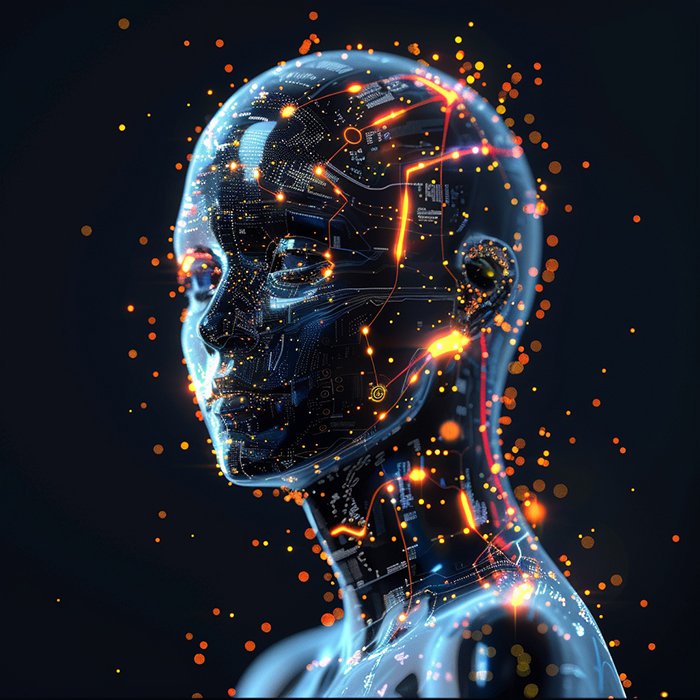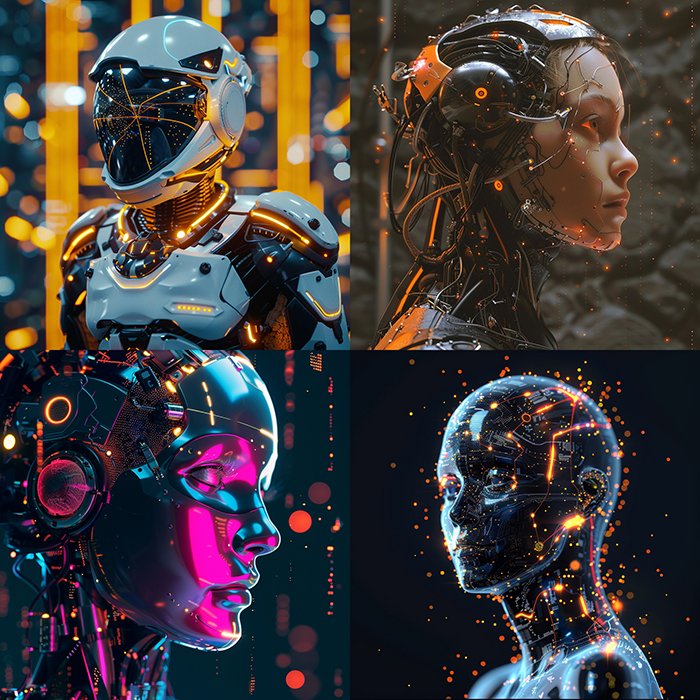Key Points:
- OpenAI introduces Rule-Based Rewards (RBRs) to improve AI safety without human intervention.
- RBRs allow AI models to align with safety rules more accurately and efficiently.
- The new approach replaces the traditional Reinforcement Learning from Human Feedback (RLHF).
- RBRs eliminate the potential for human error and subjectivity in AI training.
- Initial tests show that RBR-trained models perform better in safety alignment compared to RLHF-trained models.
- This initiative follows criticisms of OpenAI’s safety practices and internal changes within its safety team.
OpenAI’s Commitment to AI Safety
OpenAI has taken a significant leap forward in ensuring the safety of its AI models by unveiling a groundbreaking approach known as Rule-Based Rewards (RBRs). This innovative method aims to teach AI models, such as ChatGPT, to adhere more closely to safety guidelines without relying on human intervention. By implementing RBRs, OpenAI aims to eliminate the pitfalls of subjectivity and human error, setting a new standard for AI safety.
Understanding Rule-Based Rewards (RBRs)
The Evolution from Human Feedback to AI-Driven Safety
Traditionally, the process of aligning AI models with safety standards involved a method called Reinforcement Learning from Human Feedback (RLHF). In this approach, humans would review the AI’s responses to various prompts and score them based on their alignment with safety policies. While effective, RLHF was time-consuming, costly, and inherently subjective.
RBRs represent a paradigm shift. Instead of relying on human judgment, safety teams can now create a set of rules for the AI model. The AI then assesses its responses based on these predefined rules, ensuring that the answers meet established safety standards. This automated scoring mechanism mitigates the risk of human error and subjectivity.
Practical Applications of RBRs
Consider a mental health app that uses AI to interact with users. The safety team might want the AI to refuse to answer unsafe prompts in a compassionate and non-judgmental manner. By developing a set of rules for the AI to follow, RBRs ensure that the AI’s responses adhere to these guidelines. The result is a more consistent and reliable safety performance, free from the variability of human judgment.
The Advantages of RBRs Over RLHF
Improved Safety Alignment
OpenAI conducted extensive testing to compare the performance of RBR-trained models with those trained using traditional RLHF. The results were promising—RBR-trained models demonstrated superior alignment with safety guidelines, showcasing the effectiveness of this novel approach.
Efficiency and Cost-Effectiveness
RBRs streamline the training process, reducing the time and resources required for human review. This efficiency translates to cost savings and allows safety teams to focus on refining and expanding the rule sets, further enhancing the AI’s capabilities.
Consistency and Objectivity
By removing human subjectivity from the equation, RBRs ensure a consistent application of safety standards. This consistency is crucial in scenarios where uniformity in responses is essential, such as in healthcare applications or customer service interactions.
Addressing Criticisms and Internal Changes
OpenAI’s introduction of RBRs comes in the wake of mounting criticism regarding the company’s approach to safety. A former leader of OpenAI’s ‘superalignment’ safety team resigned, citing concerns that the company’s safety culture and processes were being overshadowed by the pursuit of flashy products. Additionally, co-founder Ilya Sutskever left to establish a new company focused on building safe AI.
These internal changes underscore the importance of OpenAI’s renewed commitment to safety. By implementing RBRs, OpenAI aims to address these criticisms and demonstrate its dedication to creating AI models that prioritize user safety and ethical considerations.
The Broader Implications of RBRs
A New Standard for AI Safety
The introduction of RBRs sets a new benchmark for AI safety practices. Other organizations developing AI technologies can look to OpenAI’s approach as a model for ensuring that their AI systems align with safety guidelines. This shift towards automated, rule-based safety mechanisms has the potential to revolutionize the field of AI safety.
Enhancing Public Trust in AI
As AI becomes increasingly integrated into various aspects of daily life, public trust in these technologies is paramount. By prioritizing safety and transparency, OpenAI can help build confidence in AI systems. The consistency and reliability offered by RBRs contribute to a more trustworthy AI experience for users.
Ethical Considerations and Future Developments
The implementation of RBRs also raises important ethical considerations. As AI systems become more autonomous, the responsibility for defining and updating safety rules becomes critical. OpenAI’s approach emphasizes the need for ongoing collaboration between AI developers, ethicists, and safety experts to ensure that AI technologies evolve in a responsible and ethical manner.

The Importance of OpenAI’s New Safety Approach
OpenAI’s introduction of Rule-Based Rewards marks a significant milestone in the evolution of AI safety practices. By eliminating the need for human intervention and addressing the limitations of traditional RLHF, RBRs offer a more efficient, consistent, and reliable method for aligning AI models with safety guidelines. This innovative approach not only enhances the performance of AI systems but also sets a new standard for the industry.
The broader implications of RBRs extend beyond OpenAI, serving as a model for other organizations to follow. By prioritizing safety and ethical considerations, OpenAI demonstrates its commitment to building trustworthy AI technologies that benefit users and society as a whole.
This article highlights the importance of continuous innovation in AI safety practices. It underscores the need for collaboration, transparency, and ethical considerations in the development of AI systems. As we move forward, the lessons learned from OpenAI’s approach can guide the industry towards a future where AI technologies are safe, reliable, and aligned with the best interests of humanity.



